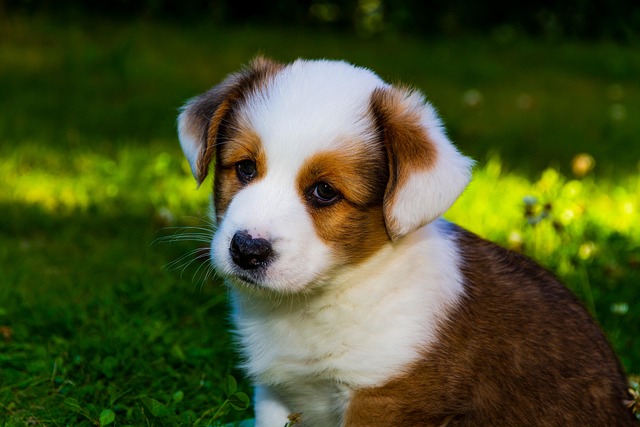
When will Samoyed have his teeth changed
When you look down at the Samoyed by your feet, it rubs your palm with its wet nose, revealing pink gums and tiny teeth.
The dog's hair falls like snowflakes, which not only brings cleaning troubles to the owner, but also may cause health problems such as allergies. "Can bathing a dog relieve hair loss?" This question has touched the hearts of countless shit shovelers. Next, we will explore the relationship between bathing and dog hair loss.
In the world of pets, every falling hair carries the owner's concern. For many dog owners, the dog's hair loss problem is like a lingering "drizzle", falling on the sofa, clothes, and even drilling into the nasal cavity, bringing cleaning troubles and health concerns. Bathing, as the most common part of daily care, naturally becomes the owner's "weapon" to fight hair loss. But whether this "weapon" can effectively deal with hair loss, we still need to explore the secrets of dog hair growth and the scientific principles of bathing.
The dog's hair is like a precisely operated "forest", and each hair follows a unique growth cycle, including the growth phase, regression phase and rest phase. Under normal circumstances, hair in the resting phase will fall off naturally to make room for new hair. However, when affected by factors such as seasonal changes, endocrine disorders, nutritional imbalances, skin diseases or stress, a large amount of hair will enter the resting phase early, resulting in abnormal hair loss. For example, in spring and autumn, when the temperature changes, dogs will adjust their body temperature by changing their hair to adapt to the environment, and the amount of hair loss will increase significantly at this time; and dogs with skin diseases will also accelerate hair loss due to frequent scratching due to itchy skin.
Bathing, on the surface, is the process of cleaning the dog's body with water and shower gel, but from a microscopic level, it is inextricably linked to the dog's hair and skin health. The right water temperature, high-quality shower gel and correct bathing techniques can gently remove dirt, grease and loosened resting hair on the surface of the dog's skin. After the warm water soaks the hair, the dust, dandruff and other impurities that were originally attached to the skin and hair are more easily washed away, and the cleaning ingredients in the shower gel can deeply clean the hair follicles, dissolve excess oil, make the hair more fluffy and smooth, and those hairs that are about to fall off will be separated from the body during the impact and rubbing of the water flow, thereby reducing the amount of daily hair loss to a certain extent.
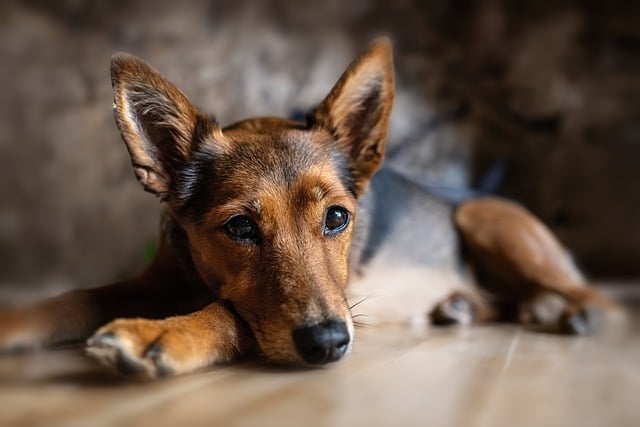 However, the effect of bathing on improving hair loss is not unlimited. Excessive bathing may become an "accomplice" in aggravating hair loss. There is a natural oil protective film on the surface of the dog's skin. This layer of oil can not only lock the skin's moisture and prevent the skin from drying, but also resist the invasion of external bacteria, fungi and other microorganisms. If you bathe the dog too frequently or use an inappropriate shower gel, this oil protective film will be destroyed. The skin without oil protection will become dry and fragile, which will cause itching, inflammation and other problems. Frequent scratching of the skin by dogs will cause more healthy hair to fall off prematurely, forming a vicious circle.
However, the effect of bathing on improving hair loss is not unlimited. Excessive bathing may become an "accomplice" in aggravating hair loss. There is a natural oil protective film on the surface of the dog's skin. This layer of oil can not only lock the skin's moisture and prevent the skin from drying, but also resist the invasion of external bacteria, fungi and other microorganisms. If you bathe the dog too frequently or use an inappropriate shower gel, this oil protective film will be destroyed. The skin without oil protection will become dry and fragile, which will cause itching, inflammation and other problems. Frequent scratching of the skin by dogs will cause more healthy hair to fall off prematurely, forming a vicious circle.
In order to make bathing truly an effective means to alleviate dog hair loss, a scientific and reasonable bathing method is essential. First, the bathing frequency should be determined according to the dog's breed, age, living environment and skin condition. For dog breeds with strong skin oil secretion, such as cocker spaniels and beagles, they can be bathed every 1-2 weeks in summer and extended to every 3-4 weeks in winter; while for dog breeds with more sensitive skin and less oil secretion, such as Maltese dogs and Yorkshire terriers, the bathing interval can be longer. Secondly, choosing the right shower gel is the key.
The pH value of dog skin is alkaline, which is different from human skin. Therefore, human bathing products must not be used. Weakly alkaline or neutral shower gels designed specifically for dogs should be selected. At the same time, according to the characteristics of the dog's hair, such as long hair, short hair, curly hair, etc., select products with targeted effects such as moisturizing, softening, and anti-itching. During the bathing process, the water temperature should be controlled at 38-40℃, close to the dog's body temperature, to avoid excessive cold or heat to irritate the skin; after using warm water to fully moisten the hair, apply an appropriate amount of shower gel to the dog's body and gently massage, especially the abdomen, legs and tail, which are easy to hide dirt, but be careful to avoid the eyes, mouth and ears to prevent the shower gel from irritating and causing discomfort; finally, rinse thoroughly with plenty of clean water to ensure that there is no shower gel residue. After bathing, use a towel with good water absorption to dry the dog's body as much as possible, and then use a hair dryer at low temperature to thoroughly dry the hair to avoid the breeding of bacteria and fungi in a humid environment.
In addition to scientific bathing, if you want to fundamentally alleviate the dog's hair loss, you also need to consider diet, exercise and daily care. In terms of diet, it is crucial to provide dogs with nutritionally balanced food. High-quality dog food rich in protein, vitamins and minerals can provide sufficient nutrition for hair growth. For example, Omega-3 fatty acids help improve skin health, reduce inflammation, and make hair smoother and shinier; vitamins A and E have antioxidant effects and can promote the health of hair follicles; trace elements such as zinc and copper also play an important role in hair growth and pigmentation.
At the same time, regularly feeding dogs some nutritious natural foods, such as egg yolks, salmon, carrots, etc., can also help improve hair quality. In terms of exercise, ensuring that dogs have enough outdoor activity time every day will not only help to strengthen the dog's physique, but also promote blood circulation, provide sufficient nutrients for hair follicles, and make hair healthier. In daily care, combing the dog's hair with a suitable comb every day is an essential part. The comb can comb out a large amount of hair that is about to fall off and prevent it from being scattered around the house. It can also promote blood circulation in the skin and stimulate the growth of hair follicles.
Bathing dogs does help to alleviate hair loss, but it is not a universal solution. Only by combining scientific and reasonable bathing methods with a balanced diet, moderate exercise and meticulous daily care can we truly protect the health of the dog's hair and make every hair glow with natural brilliance. When we see the dog running happily in the sun, the hair fluttering in the wind, and no more large amounts of hair falling, all the efforts and dedication have turned into full happiness and a sense of accomplishment. This beautiful companionship with the dog is worth our careful care.

When you look down at the Samoyed by your feet, it rubs your palm with its wet nose, revealing pink gums and tiny teeth.

When you gently stroke the fluffy, soft white fur of a Samoyed and feel the smoothness under your fingertips, it's like touching a warm cloud
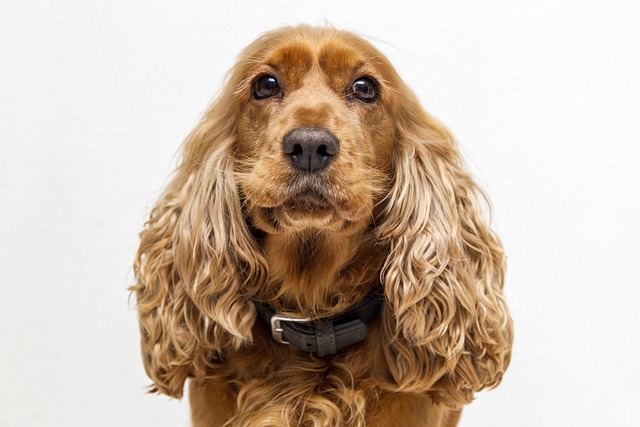
The clear and bright eyes of dogs are an important window for establishing emotional connections with us. When this window is covered with haze, the owner is often distressed and anxious.
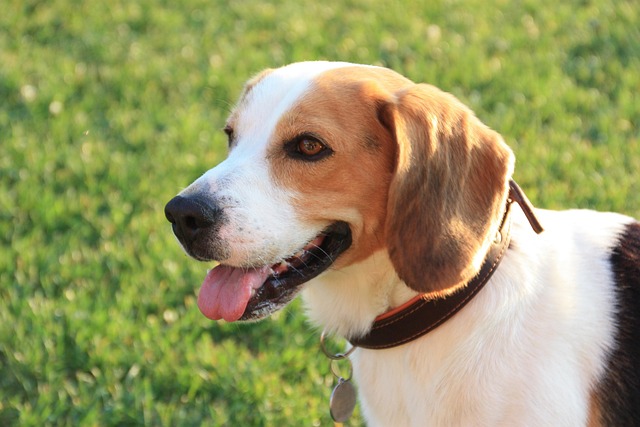
When the dog that used to be gentle and cute, wagging its tail to greet you, suddenly bares sharp teeth, emits low growls, or even makes lunging bites,
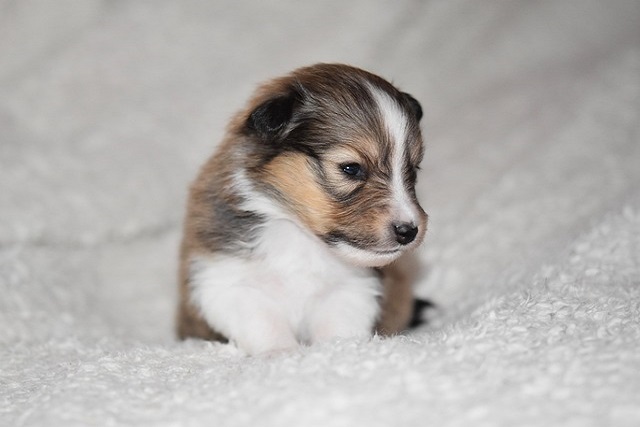
When you gently stroke a Schnauzer's fluffy head, its ears—like fairy wings—flick softly, as if whispering boundless joy. However,

As pet owners,we always want to give our dogs the best care,and deworming is an important part of daily care.The question of"whether to feed deworming medicine to dogs without parasites"involves health considerations and emotional care.